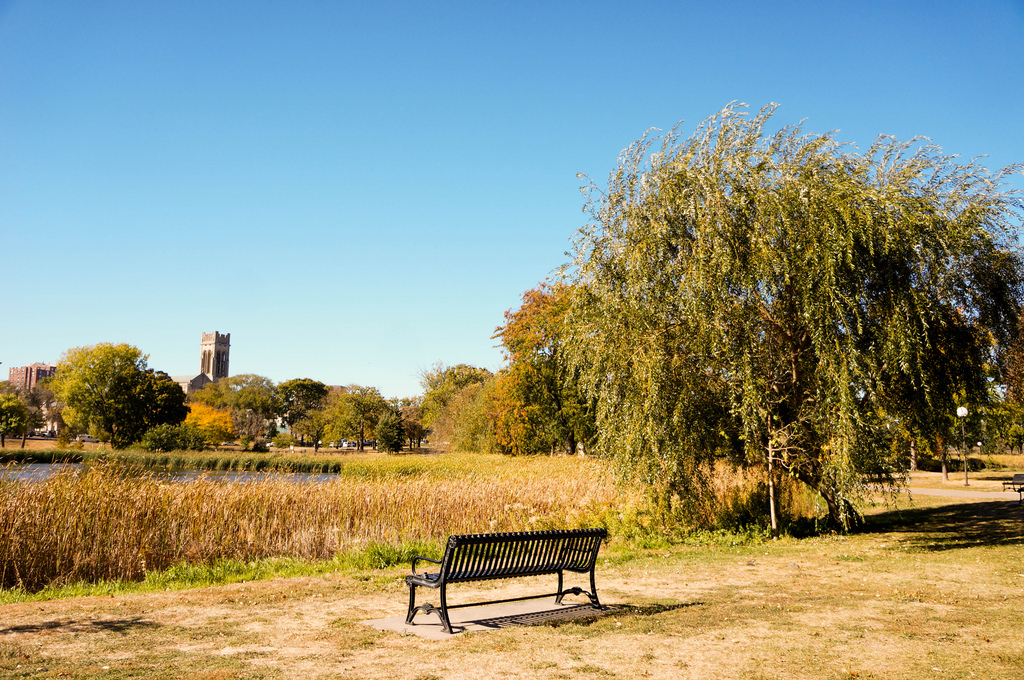Public facilities and community safety
Parks
The City of San Antonio operates and maintains 257 parks covering 15,469 acres of land, with more than 100 miles of trails. Park facilities include playgrounds, trails, fitness equipment stations, pools, gyms, sports facilities, recreation centers and the Botanical Garden and Conservatory.
Park acreage in 2014 was 18 acres per 1,000 residents, which compares favorably with the national average. But as the city has grown, we haven’t increased park space. The 2014 figure is a decrease from 2010, when the rate was 20.7 acres per 1,000 residents. We will need to build many more new parks to keep pace with our population.
It’s also true that there’s an uneven distribution of numbers of parks and sizes of parks in the region. Park acreage is especially slim in the west and southwest portions of San Antonio, where there are only 3.0 and 5.1 acres per 1,000 residents respectively. As a consequence, in 2013 only 33% of the population lived within a walkable distance to a park.
We will need to enhance our efforts to reduce park disparities, while maintaining an acceptable park acreage ratio, especially in underserved areas. This effort should be guided by recommendations from the Parks and Recreation System Strategic Plan. In light of the uneven distribution, we also need to review and amend current park dedication requirements in the Unified Development Code (UDC) to ensure they yield the type and size of parks the city wants.

